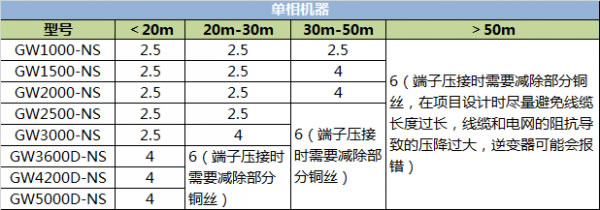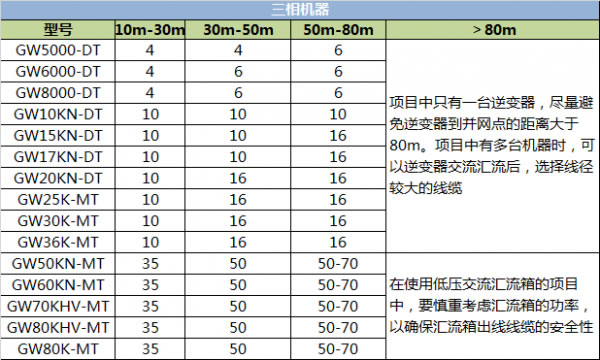Before the project design of the photovoltaic power plant system design (especially in large industrial and commercial photovoltaic power plants and ground power plants), a clear understanding of the function of the photovoltaic core "core" inverter and its flexible application will reduce system investment and operation and maintenance costs. Increase investment income. This article will introduce the inverter functions that need to be considered in industrial and commercial photovoltaic projects. 1. Flexible use of over-provisioning Due to factors such as component attenuation, line loss, system loss, and insufficient lighting, proper over-provisioning can effectively improve the overall profit of the power plant system and has been widely used. Inverter over-provisioning capability has become an important reference index for inverter selection. It is worth noting that it is not enough to focus only on the over-capacity (over-proportion) of the DC side of the inverter. The AC overload capacity of the inverter (AC output capacity) is also important. The overload capacity of the inverter can effectively reduce the abandonment rate and the overload working time of the machine, and expand the over-proportion of components. For more information about over-provisioning, you can click to view the detailed content "This article is enough." For example, Goodwin GW50KN-MT model has a rated power of 50KW, a maximum output power (continuous output) of 55KW, and an overload capacity of 110%. 2. Adapt to efficient components With the large-scale application of high-efficiency components, the DC input current of the inverter is developing toward an increasing trend. Taking Goodway MT 50KW as an example, the maximum current of 15A per string ensures that the double-sided components can be directly connected. 3. Compatible with copper and aluminum cables Compared with the cost of copper cable, aluminum cable has lower cost, more convenient installation and lighter weight. Reasonable cables and laying methods can not only reduce the construction cost of photovoltaic systems, but also improve the operation efficiency and stability of photovoltaic systems. Aluminum wire is gradually becoming a popular solution. However, under the same overcurrent capacity, the wire diameter of the aluminum wire is larger than that of the copper wire, which requires the inverter to support a larger AC connector. Under normal circumstances, the recommended AC cable diameters are as follows. The recommended cable diameters for copper cables are in the table. 4. Remember the grid-friendly The main factors that affect the friendliness of the power grid are power factor, current harmonics, and DC components. It is a power limitation and anti-backflow scenario widely used in industrial and commercial projects. The inverter uses an external CT or Meter to detect the state of electricity sold to the grid. When the load cannot absorb the electricity generated by the photovoltaic, the CT or the meter detects the state of electricity sold, and will send a command to the inverter to make The output power of the inverter is matched with the load, so as to achieve the state of not selling electricity to the grid. Conclusion The above are the functions that need to be considered in the selection of industrial and commercial inverters. Understanding and using them will reduce system investment and operation and maintenance costs, and increase investment returns. Led Neon Light,Led Neon Strip Light,Waterproof Led Neon Strip Light,Waterproof Flexible Led Neon Light Shenzhen You&My Electronic Technology Co., Ltd , https://www.youmysolarlight.com

